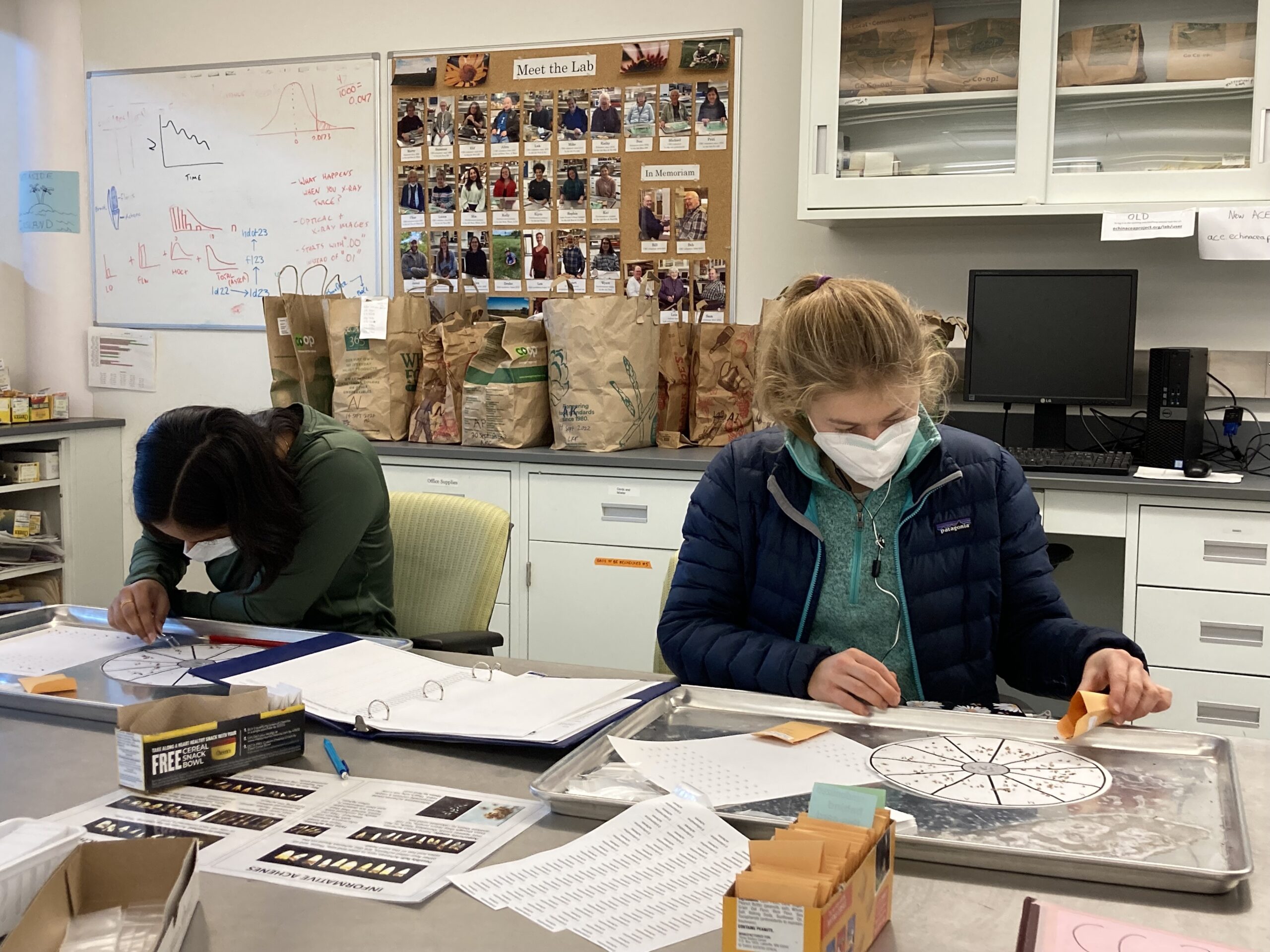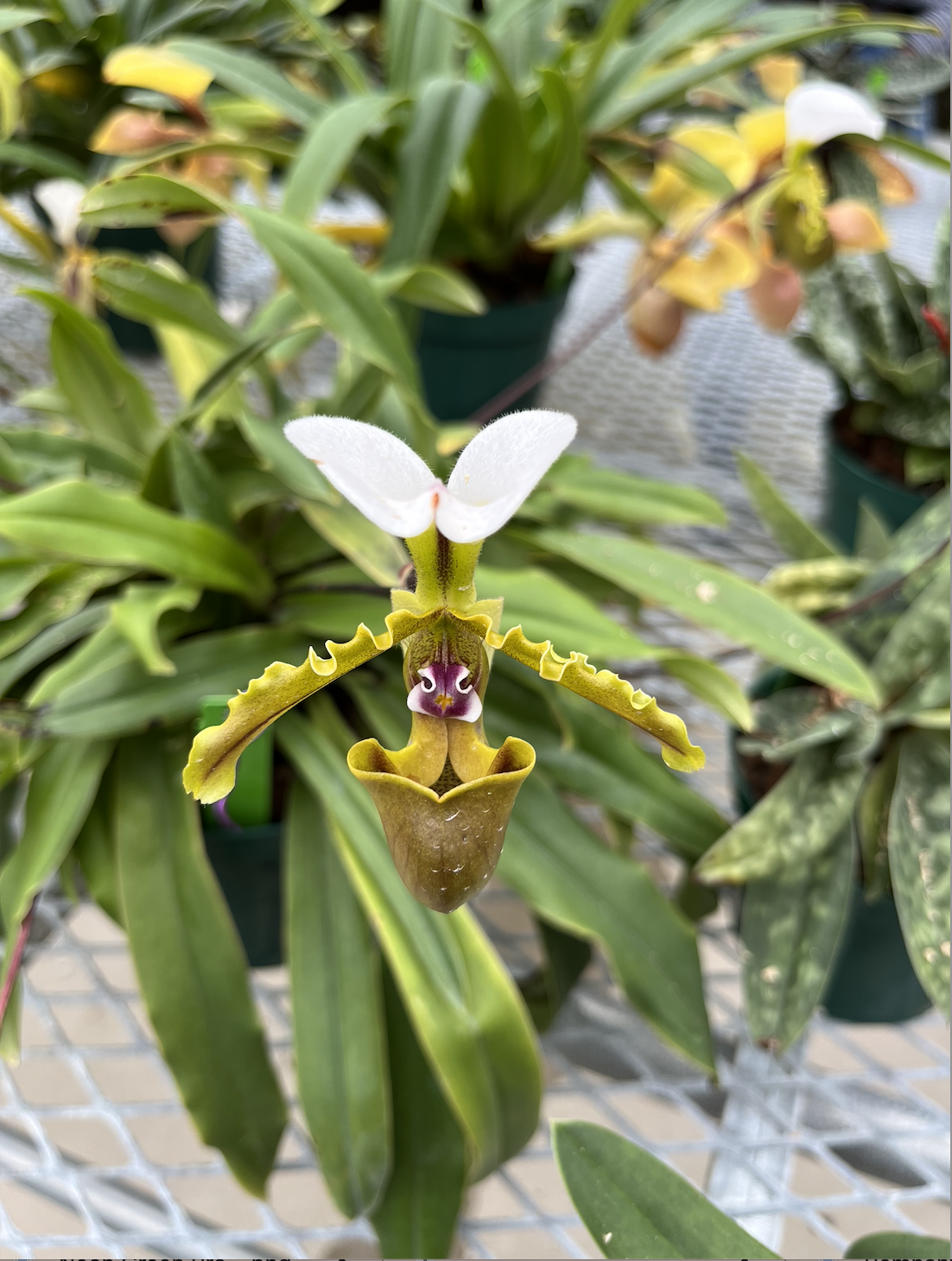During the three weeks of my externship with the Echinacea Project, I am grateful to have learned about the steps used to process data in this lab and about the scientific process more broadly. I spent the majority of my time with the Echinacea Project practicing lab techniques that make it possible to answer critical ecological questions using Echinacea. While learning about data processing, I was supported in creating my own research question and hypothesis that I was able to analyze with data and the knowledge I gained about prairie ecosystems. Here is a photo of Padmini and I randomizing!

I learned how to analyze data with R and make graphs that helped me visualize the data and the relationships between remnant area size, isolation plants, and seed set. I used statistical tests to assess the strength of relationships between these factors in order to draw conclusions from the data pertaining to conservation of echinacea and other prairie species who use similar systems.
I wanted to investigate how pollination is impacted by the degree of isolation of plants and remnant size. My research questions were if isolation or remnant size impacts seed set, and which is a better indicator of seed set. My null hypothesis was that neither isolation nor remnant size impacts seed set. I predicted that a larger area would correlate with a higher seed set and that higher isolation would result in a lower seed set.
I found that the number of flowering heads correlates with a higher seed set, however neither the area size nor the degree of isolation had a significant effect on the seed set. These results suggest that the proximity of flowering heads is more important than how large the remnant is. Many of the remnants are close together, and pollinators likely travel between remnants and move pollen between flowers at different remnants. Therefore, measuring isolation only within remnants does not take the full context into account. Here are my slides:
Other than my research project, some other highlights of my time at the Chicago Botanic Garden were meeting a variety of scientists and hearing about their projects and experiences. I particularly enjoyed seeing the production greenhouses and learning about the Plants of Concern Program. Here is one of my favorite orchids from the production greenhouse:


Leave a Reply